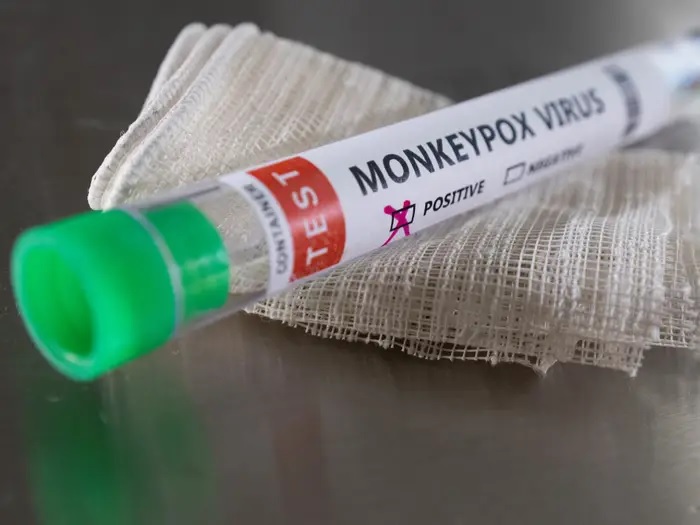
A commentary published in the Annals of Internal Medicine offers guidance to health care workers in contact with patients who have contracted monkeypox. The authors write that although monkeypox is unlikely to reach the pandemic spread of COVID-19, doctors and other health care workers should be vigilant, with a high index of suspicion and strict adherence to appropriate safety precautions. infection control as the outbreak develops.
The authors caution that the infection control response should avoid stigmatizing the most affected patient population, men who have sex with men.
Monkeypox is a virus that belongs to the genus Orthopoxvirus of the family Poxviridae, which also includes smallpox and cowpox viruses. The authors advise that health care workers follow the Centers for Disease Control and Prevention (CDC) guidelines to protect themselves and safely manage a case of monkeypox.
Poxviruses are very stable and can remain contagious for months or years in the environment. They are highly resistant to desiccation and heat , and this is accentuated by their inclusion in protected environments (such as dermal scabs), with implications for the control of hospital infections.
Approved disinfectants should be used for cleaning and disinfecting high-touch surfaces, and procedures (such as sweeping, dry dusting, or shaking linens) that can aerosolize virus particles should be avoided. Sheets should be carefully removed and washed on high heat or discarded.
Careful history taking and contact tracing are essential. Patients may have had multiple visits to healthcare facilities or a prolonged stay in a facility with multiple staff contacts before monkeypox infection was suspected and appropriate precautions were implemented.
Infection prevention and infectious disease staff should work closely with public health and occupational health services to facilitate case investigation. While monkeypox has caused occupational infections among healthcare workers who were not wearing PPE, timely post-exposure vaccination and close surveillance help reduce further spread of infection.
In this epidemic, clinical presentations have frequently been atypical , simulating some sexually transmitted infections by presenting genital, groin, perianal or rectal lesions and, in some cases, painful inguinal lymphadenopathy. Although genital lesions have also been described in endemic cases, reports from this outbreak suggest that the febrile prodrome that characterizes classical monkeypox has been mild or absent in some cases.
Each exposed healthcare worker should undergo a detailed risk assessment to determine exposure and receive advice on self-monitoring, isolation and prompt reporting of symptoms based on risk level. For example, a nurse who shakes the bedding of an infected patient is likely at greater risk (from aerosolized virus particles) than a nurse who takes vital signs and administers medications.
The authors also caution that the infection control response should avoid stigmatizing the most affected patient population and instead partner with the gay, bisexual, and other men who have sex with men (MSM) community to combat smallpox. of the monkey
The guidelines include recommendations to wear personal protective equipment (PPE), use approved disinfectants, not engage in procedures that aerosolize the virus, and conduct careful contact tracing to prevent further spread.
The authors warn that careful management of monkeypox cases as health workers encounter them will prevent monkeypox from adding to current staffing shortages.
Past monkeypox infections detected in the United States have almost invariably been related to travel from endemic areas, exposure to infected animals imported from endemic areas, or exposure to domestic animals infected by imported animals.
In contrast, the current outbreak to date has primarily affected young men who have sex with men (MSM). Genome sequencing has shown that the isolates belong to the least virulent of the 2 circulating monkeypox clades, with a prior mortality of 1% or less.
They highlight that because COVID-19 has already depleted public health resources and the public desire to participate in risk mitigation, public health and healthcare workers are exhausted. They add that the prospect of tackling a new transmissible pathogen may increase your existing stress and add that this should be recognized and mitigated wherever possible.
















